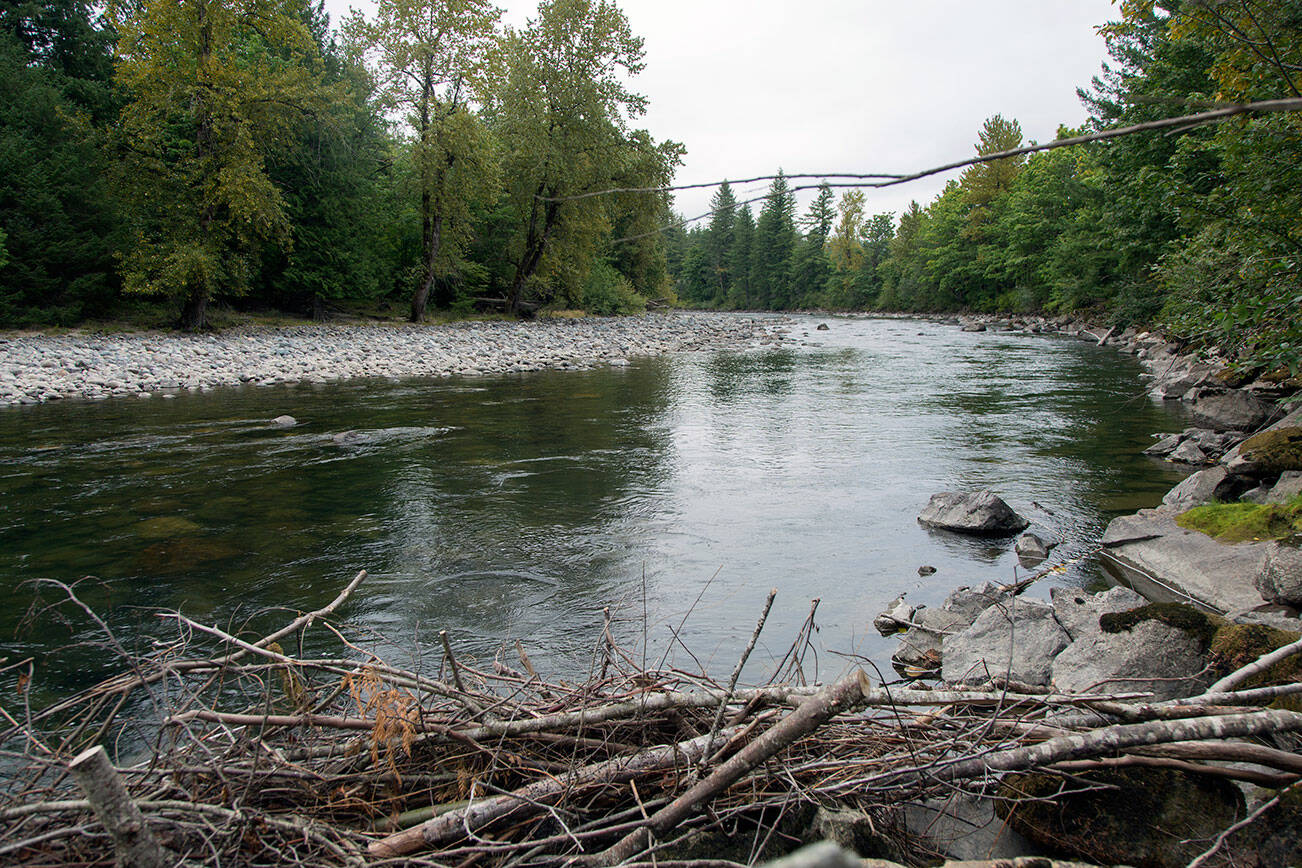North Bend moved to Stage 3 of its Water Conservation Tuesday, Sept. 5, raising concerns about the city’s ability to offset impacts to the Snoqualmie River.
Stage 3 places stricter usage restrictions on city residents and those served by city water. City officials believe this is the first time the program has reached Stage 3, but were unable to confirm that information by press time.
Additional restrictions prohibit refilling things like swimming pools, fountains, artificial lakes and ponds. Other restrictions require cars be washed at a business that uses recycled water. Customers must also alert repair companies within 24 hours of a water leak. For a full list of restrictions, visit: bit.ly/3L5Y32w.
The stage change comes as a lack of spring rain and unusually hot conditions, leading to a quicker snowmelt than normal, has left watersheds throughout the state – including the Snoqualmie River Watershed – with unusually low flows
The four-year-old WCO is an effort by the city to conserve water and protect the health of the Snoqualmie River. The intent of the WCO is education and awareness, but small fines are possible if repeated warnings are ignored.
The WCO begins in Stage 1 each August, but progresses to higher stages and adds restrictions based on water levels in the Chester Morse Lake Masonry Pool. The reservoir is managed by Seattle Public Utilities and is used by over two dozen providers. For North Bend, the masonry pool feeds Hobo Springs, a mitigation water source used to replenish flows in the Snoqualmie River.
One of the city’s primary water sources, the Centennial Well, is closely tied to water levels in the Snoqualmie River. As a result, the city is required under its state-approved water rights permit to have mitigation water on hand to offset potential impacts to the river.
The city is concerned about its ability to provide enough mitigation water this fall, Public Works Director Mark Rigos wrote in an email. Its success will depend on weather conditions.
“If it rains more than usual in September and October in the Snoqualmie River Watershed, then the city should have enough mitigation supply, If it rains less than usual then the city will probably not have enough,” Rigos said.
The potential shortfall comes a few months after the city shored up its mitigation water supply. Earlier this summer, the city and Sallal Water Association, a neighboring water district, agreed to a historic partnership that will give the city additional mitigation water. However, the infrastructure needed to facilitate the agreement is a few years away.
“Sallal’s water system, as of 2023, is not yet available to the City as a mitigation source,” Rigos said, “but it will be in 2025.”
This story has been updated.


